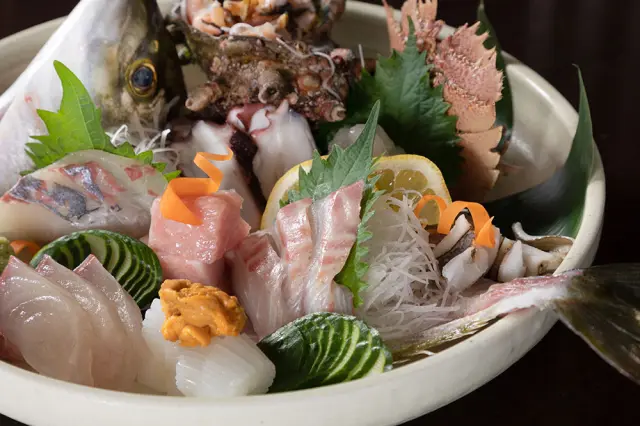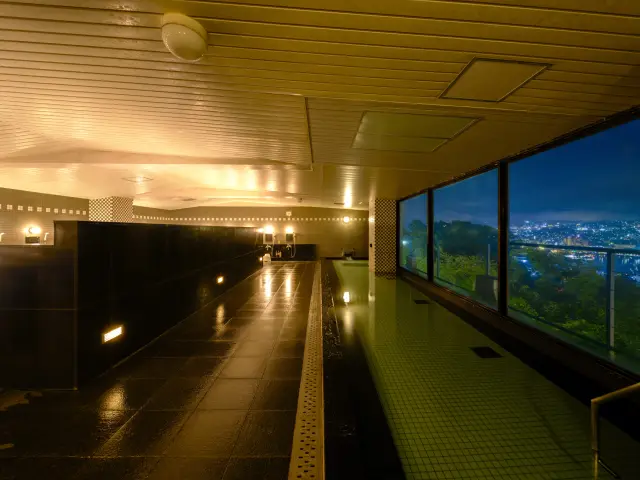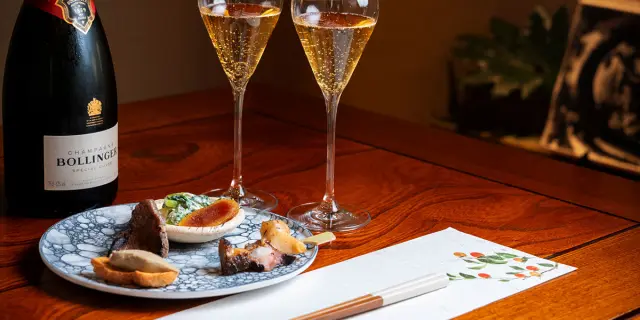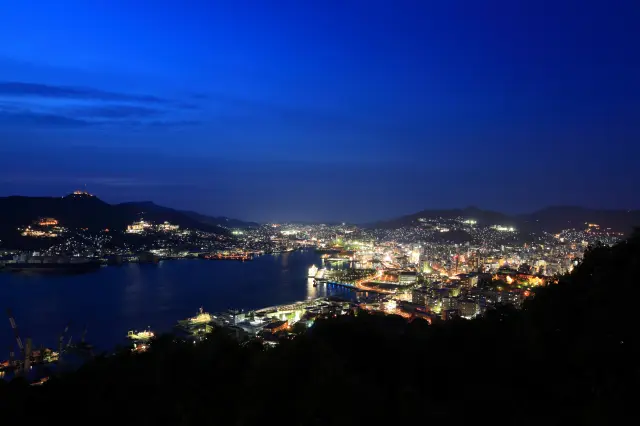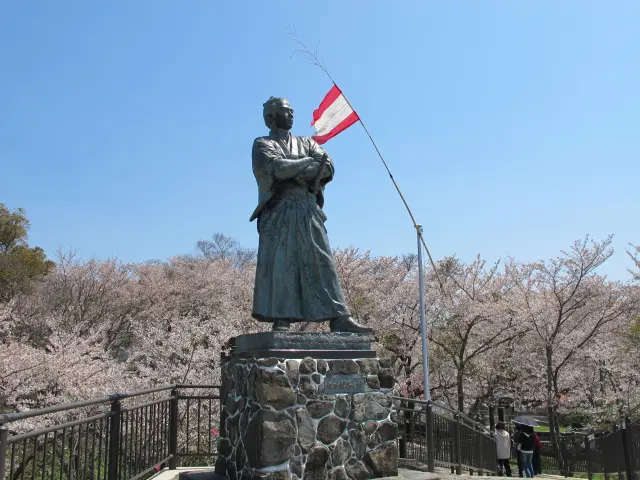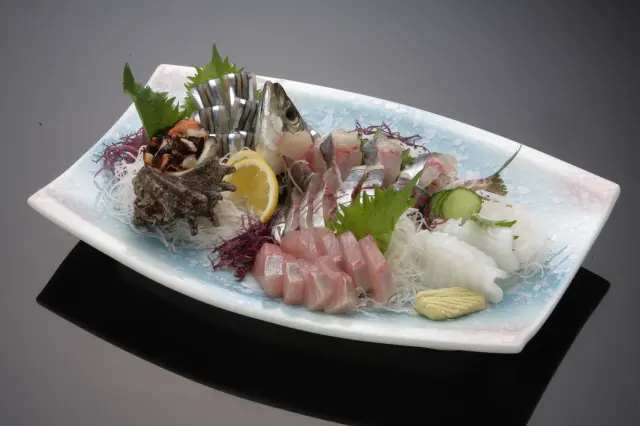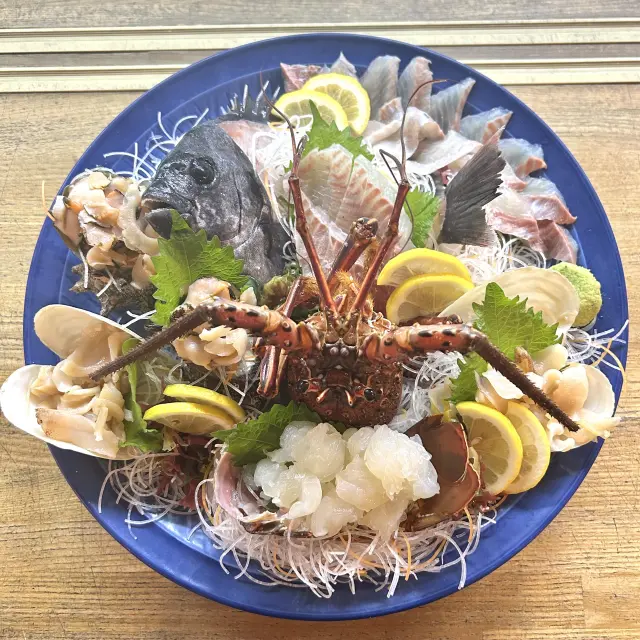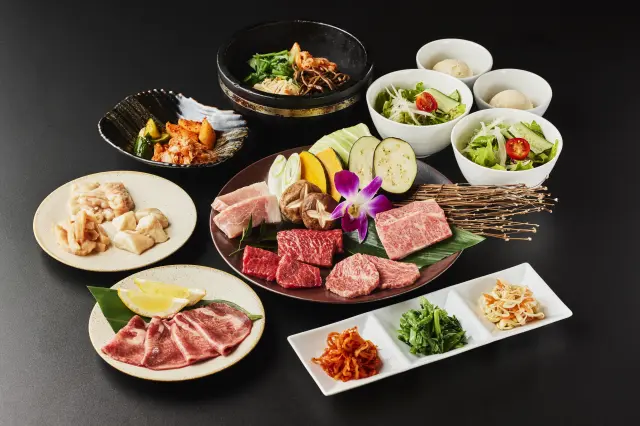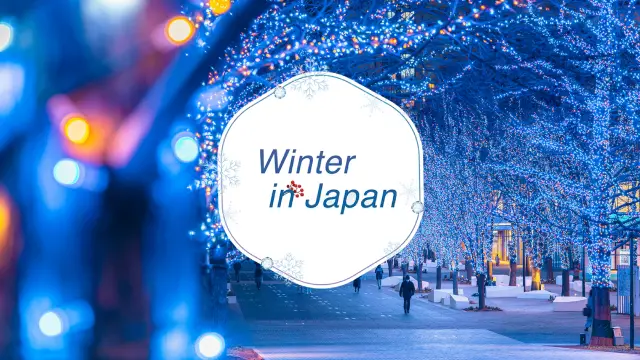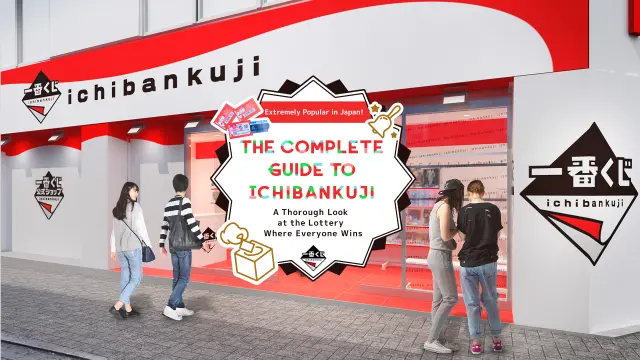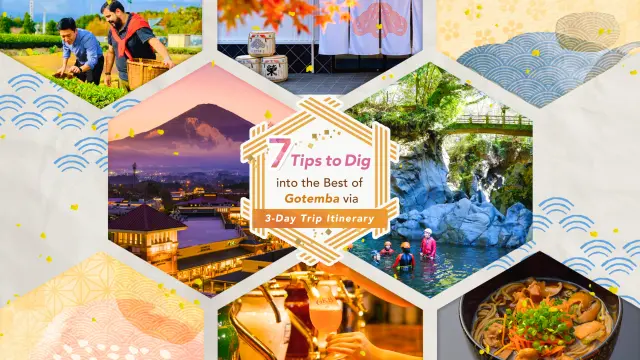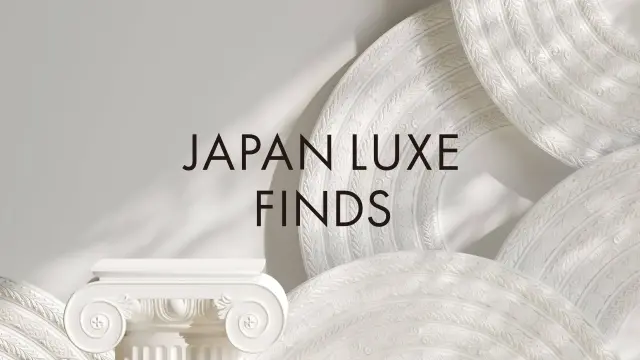During the Edo period, Nagasaki was actively engaged in trade with China, and the land reclaimed from the sea to build a baggage warehouse to store goods from Chinese ships was called Shinchikurasho. Today, a monument to the Shinchikurasho site stands in the center of Chinatown.
At the four entrances to Chinatown stand magnificent vermilion Chinese gates built by calling in materials and craftsmen from Fukushu City, China.
It uses Chinese roof tiles and is located in the exact north, south, east, and west directions based on Feng Shui. The Genbu Gate in the north attracts water, the Suzaku Gate in the south attracts fire, and the Sofuku-ji Temple, a family temple for overseas Chinese, is located in the northeast of the demon's gate to seal out evil spirits
Shinchi Chinatown is one of the three significant Chinatowns in Japan, along with Kobe (Nankin-machi) and Yokohama Chinatown. Although small in size and compact, about 40 stores selling Chinese food, Chinese sweets, Chinese goods, etc., line the 250-meter-long crossroads from east to west and north to south. Fried noodles
In addition to tasting Chanpon noodles and Sara Udon fried noodles, visitors can also enjoy eating "Hatoshi," a deep-fried breaded shrimp paste, and "Kakuni Manju," a bun-filled with tender Kakuni (teriyaki flavored pork).
Highlights
-
-
The stores are decorated with Chinese auspicious symbols such as "Fukurokuju" ( god of fortune and longevity), "pine, bamboo and plum," and "dragons.
-
Chinese sweets "Yoriyori" and Chinese-style steamed sponge cake "Maracao" are also popular.
-
On the backside of the Chinese gate, there are carvings of the gods protecting the gate: blue dragon, white tiger, brown turtle, and red sparrow.
-
During the Lantern Festival, the gate is brightly decorated with various lanterns.










